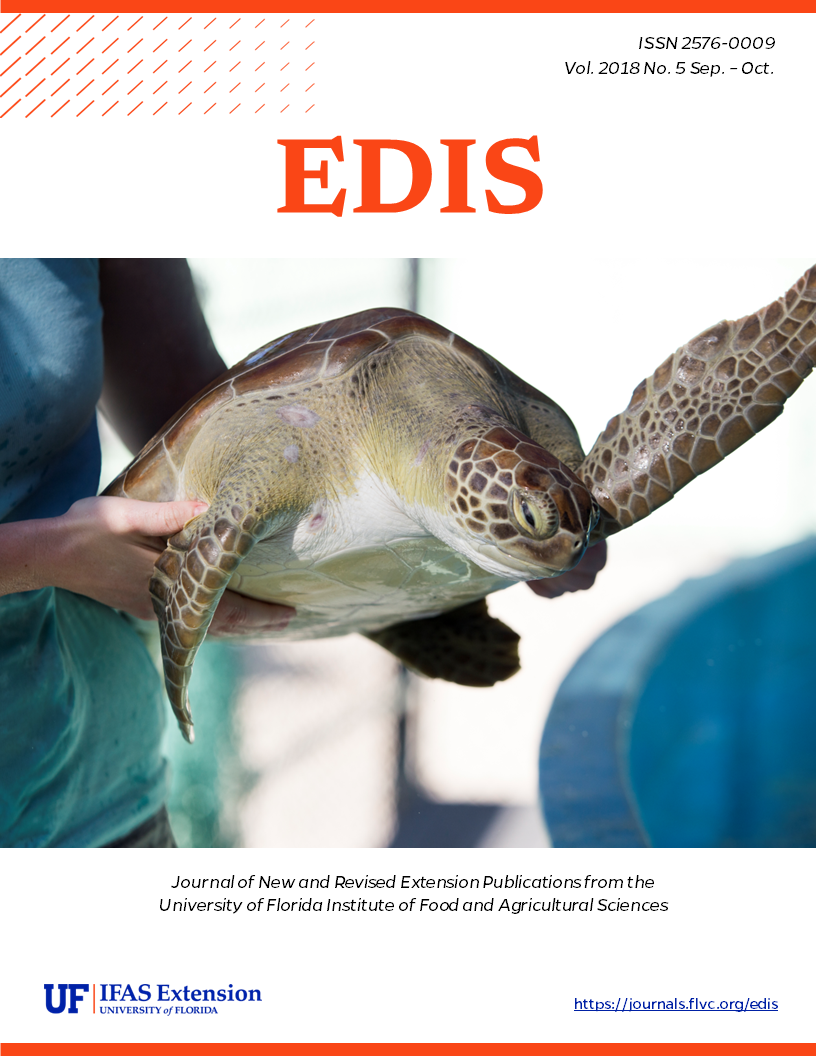Abstract
Residents are inclined to over-irrigate and over-fertilize their lawns to uphold landscape appearances influenced by homeowner associations and neighborhood aesthetics (Nielson & Smith (2005). While these practices affect water quantity and quality, water quality is most impacted by fertilizer runoff (Nielson & Smith, 2005; Toor et al., 2017). Supporting water programs and engagement in fertilizer best management practices (BMPs) can have positive impacts on water quality. The Diffusion of Innovations (DOI) theory can be used to explain how a population accepts and adopts fertilizer best management practices (BMPs) over time (Rogers, 2003). Adoption can be understood through a population's perception of relative advantage, compatibility, complexity, observability, and trialability of fertilizer BMPs. The information presented here is an exploration of how extension can use video messages to influence residents' perception of these factors which influence adoption. The videos positively influence residents' perceptions of fertilizer BMPs, and recommendations are offered for applying this research to extension programs.
References
Florida Department of Agriculture and Consumer Services (FDACS). (2014). Water quality /quantity best management practices for Florida Nurseries. Retrieved from http://www.freshfromflorida.com/content/download/37570/848371/nurseryBMPlores.pdf
Nielson, L., & Smith, C. L. (2005). Influences on residential yard care and water quality: Tualatin watershed, Oregon. Journal of the American Water Resources Association, 41(1), 93-106. doi:10.1111/j.1752-1688.2005.tb03720.x https://doi.org/10.1111/j.1752-1688.2005.tb03720.x
Rogers, E. M. (2003). Diffusion of innovations (5th ed.). New York: Free Press.
Toor, G. S., Occhipinti, M. L., Yang, Y-Y., Majcherek, T., Haver, D., & Oki, L. (2017). Managing urban runoff in residential neighborhoods: Nitrogen and phosphorus in lawn irrigation driven runoff. PLOS One, 12(6), 1-17. doi:10.1371/journal.pone.0179151 https://doi.org/10.1371/journal.pone.0179151
Unless otherwise specified, articles published in the EDIS journal after January 1, 2024 are licensed under a Creative Commons Attribution-NonCommercial-NoDerivs 4.0 International (CC BY-NC-ND 4.0) license.

